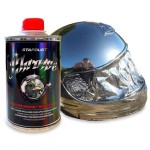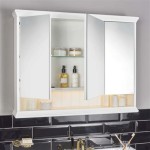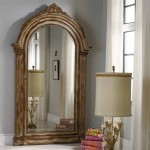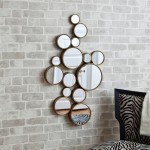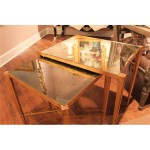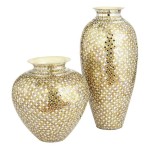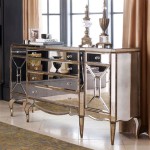The Art of Painting on Mirror: An Essential Guide to Transformative Reflections
Painting on mirrors is an intriguing and versatile technique that can elevate any space, adding depth, personality, and artistic flair. Whether you're an experienced artist or a novice seeking a creative outlet, this guide will provide you with the essential aspects of painting on mirrors to help you embark on your transformative artistic journey.
Choosing the Right Mirror and Paints
The success of your mirror painting hinges on selecting the right materials. Choose a mirror with a smooth, flat surface and a frame that complements your design. Acrylic paints are widely recommended for mirror painting due to their versatility, quick drying time, and water-resistance. Experiment with different paint qualities and finishes to achieve the desired effects.
Preparing the Mirror
Prior to painting, thoroughly clean the mirror to remove any dirt or debris. Use a glass cleaner or rubbing alcohol and a soft cloth. This step ensures optimal paint adhesion and a flawless finish. Apply a thin layer of gesso or primer to the mirror's surface to create a base for the paint. This step helps prevent the paint from peeling or chipping over time.
Creating Your Design
With a clean canvas, it's time to bring your design to life. Sketch your design onto the mirror using a light pencil or chalk. Ensure your lines are accurate and balanced. You can use stencils or tracing paper to transfer intricate designs if desired. Remember to envision how the mirror will look when reflected and adjust your design accordingly.
Applying the Paint
Use fine-tipped brushes and apply thin, even coats of paint. Start with a base color and gradually build up layers to achieve depth and texture. Experiment with different brushstrokes and techniques to create unique effects. Allow each layer to dry completely before applying the next to prevent smudging or streaks.
Finishing Touches
Once the painting is complete, add final touches to enhance its appearance and longevity. Outline the edges of your design with a contrasting color or metallic paint. Apply a protective sealant in a spray or brush-on form to prevent scratches and moisture damage. This step safeguards your artwork and extends its lifespan.
Display and Enjoy
Display your painted mirror in a prominent location where it can be admired and appreciated. The reflective nature of the mirror will enhance the colors and patterns, creating an immersive and captivating visual experience. Use the mirror to brighten up a dark corner, add a touch of sophistication to a bedroom, or create a statement piece in your living room.

Mirror Painting Painted Art Aesthetic

Acrylic Painting On Mirror By Cristina Barretta Painted Art Frames

Painting On Mirrors An Easy Step By Guide

Mirror Painting And Pictures Ideas Art

Diy Painted Mirror Wallpaper Backgrounds Painting

12 Hand Painted Flower Mirror

Painted Mirror Flowers And Erflies Painting Art

Acrylic Painting On Mirror Artph Acrylicpainting Acryliconmirror Supportlocal Underrateda Flower Trim

How To Paint A Mirror With Pictures Wikihow

5 Minutes With A Pair Of Chinese Export Reverse Mirror Paintings Christie S

